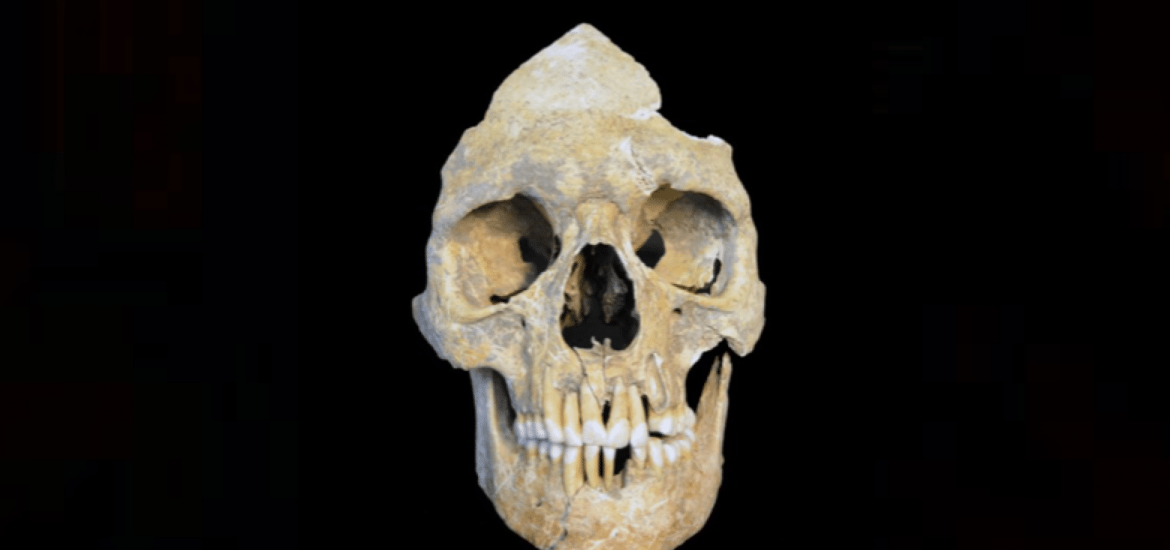
Researchers have recovered hepatitis B virus DNA from human remains up to 7,000-years-old, making it the oldest virus ever directly sequenced. Two separate teams of researchers discovered DNA from the virus in the bones and teeth of ancient skeletons. The findings provide evidence that hepatitis B has plagued human populations since the Stone Age.
The World Health Organisation estimates that 257 million people worldwide are living with hepatitis B virus (HBV) infection. The virus targets the liver and can cause both acute and chronic disease, including cirrhosis and liver cancer.
Although there is a vaccine that is 95% effective in preventing infection, hepatitis B continues to be a global health problem. In 2015, HBV led to nearly 900,000 deaths.
The question of how the virus spread across the world has puzzled scientists for some time. Hepatitis B is spread through unprotected sex or sharing needles, as well as from pregnant mothers to their unborn babies. Unlike a virus spread through the air, such as influenza, the hepatitis B virus requires close human contact in order to be passed from one person to the next and therefore takes much longer to spread around the planet.
In a new study, researchers from the University of Cambridge in the United Kingdom and the University of Copenhagen in Denmark examined 114 billion fragments of DNA recovered from over 300 different skeletons between 200 and 7,100-years-old. Although most of the remains did not yield any interesting findings, 25 of the skeletons contained DNA from the hepatitis B virus. 12 of these skeletons – the oldest of which was 4,500 years old – contained enough of the genome to conduct a detailed analysis, allowing the team to sequence the ancient viruses.
Researchers said their findings, published on Wednesday in the journal Nature, could have significant wider implications for the study of viruses and help improve hepatitis B vaccines.
“Scientists mostly study modern virus strains and we have mainly been in the dark regarding ancient sequences – until now. It was like trying to study evolution without fossils,” Dr Terry Jones, from the University of Cambridge’s Department of Zoology, explained in a statement. “If we only studied the animals living today it would give us a very inaccurate picture of their evolution – it is the same with viruses.”
In a separate study, researchers at the Max Planck Institute for the Science of Human History and the University of Kiel in Germany analysed samples from the teeth of 53 different skeletons. The remains ranged from around 7,000 to 800-years-old and were excavated from medieval and Neolithic sites in present-day Germany. The team was able to reconstruct genomes from strains of the hepatitis B virus dating to Stone Age and Medieval Europe, including some that are now extinct.
The results were published in the journal eLife on Thursday and shed new light on the evolution of the hepatitis B virus. However, study author Ben Krause-Kyora, from Kiel University, said that additional research is needed “to disentangle the complex evolution of this virus.”
“Our results reveal the great potential of ancient DNA from human skeletons to allow us to study the evolution of blood-borne viruses,” Johannes Krause, senior author and director of the Max Planck Institute’s Department of Archaeogenetics, said in a statement. “Previously, there was doubt as to whether we would ever be able to study these diseases directly in the past. We now have a powerful tool to explore the deep evolutionary history of viral diseases.”
Photo credit: Nicole Nicklisch